Brazil anteater update
You helped three baby giant anteaters as manmade fires ravaged their homes. Now, they’ve taken a big step forward in their journey to recovery!
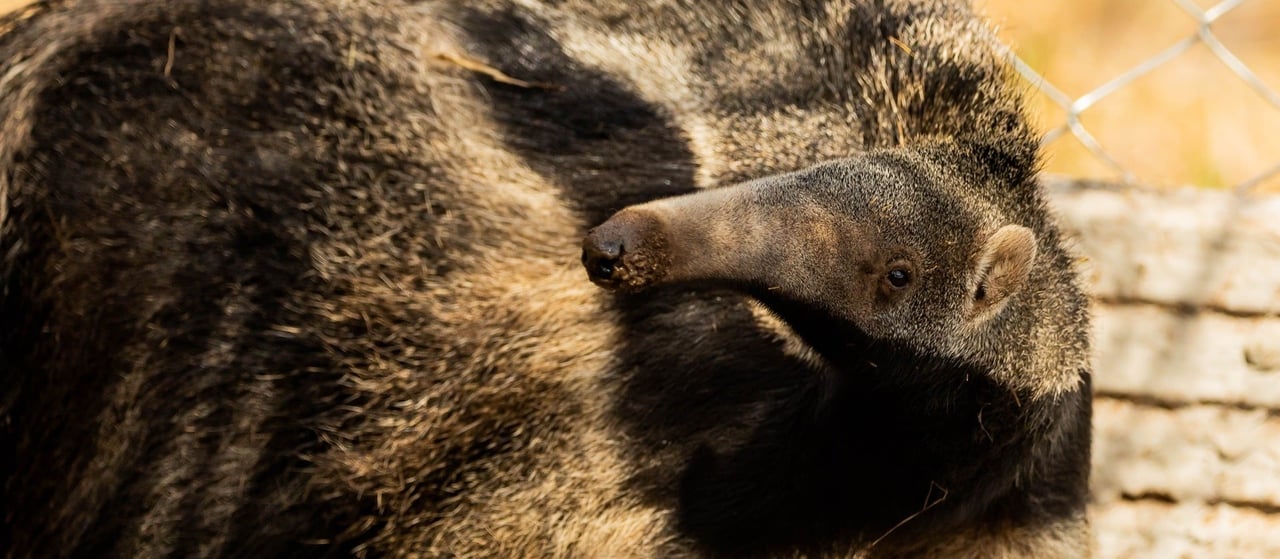
Image credit: World Animal Protection / Noelly Castro
There’s no real surprise about how anteaters got their name! Their diet is almost exclusively ants and termites which they swallow whole – up to 35,000 of them every day. They find anthills using their incredible sense of smell which is 40 times more powerful than a human’s.
Anteaters have no teeth but their tongues can be up to 60cm long and are covered in tiny spikes. When it’s eating, an anteater flicks its tongue in and out up to 150 times per minute gathering up ants with a combination of spikes and sticky saliva.
They also have razor sharp claws that they use to break into anthills and fight off predators. Anteaters aren’t aggressive but they can be extremely fierce against attacks from larger animals. But don’t worry, they’re not dangerous to humans unless they feel threatened.
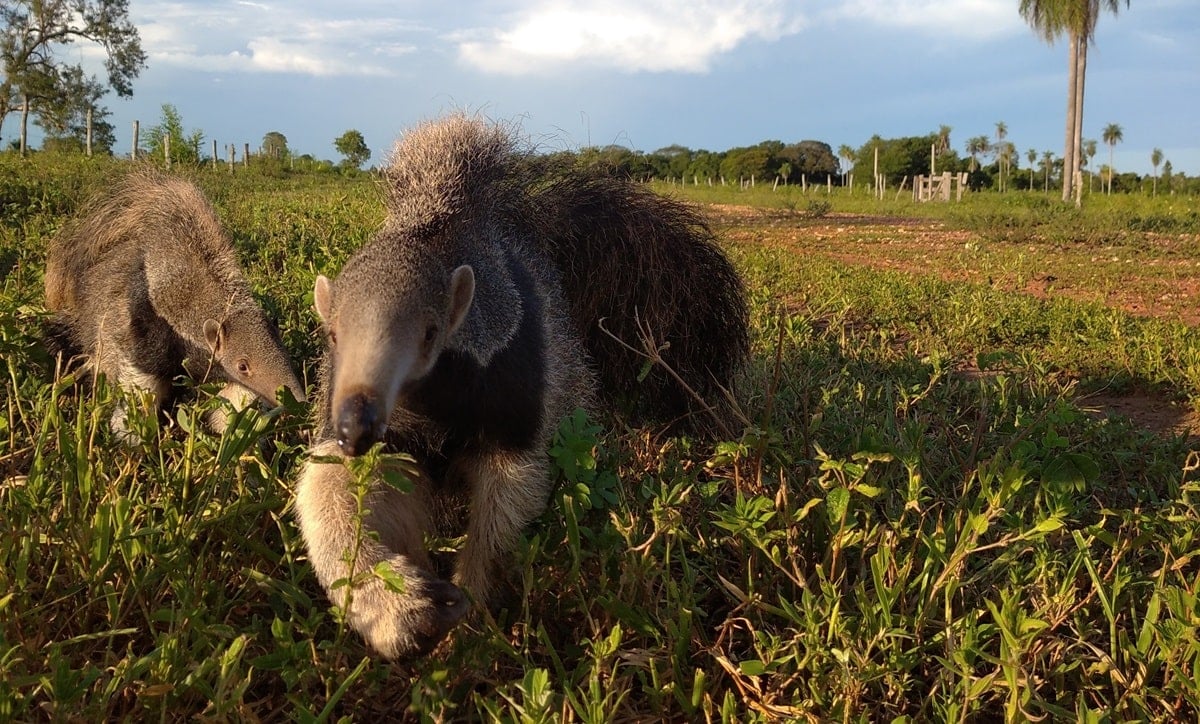
Anteaters live throughout Central and South America. The biggest species, the Giant Anteater, can grow up to 2.4 metres long and weigh up to 45 kilograms.
They prefer to live alone but after a female gives birth, she will carry her baby anteater, called a pup, on her back for about two years until it’s ready to survive on its own.
Pangolins are another type of animal with a long tongue and no teeth, but despite sometimes being called scaly anteaters, they two aren’t actually related at all.
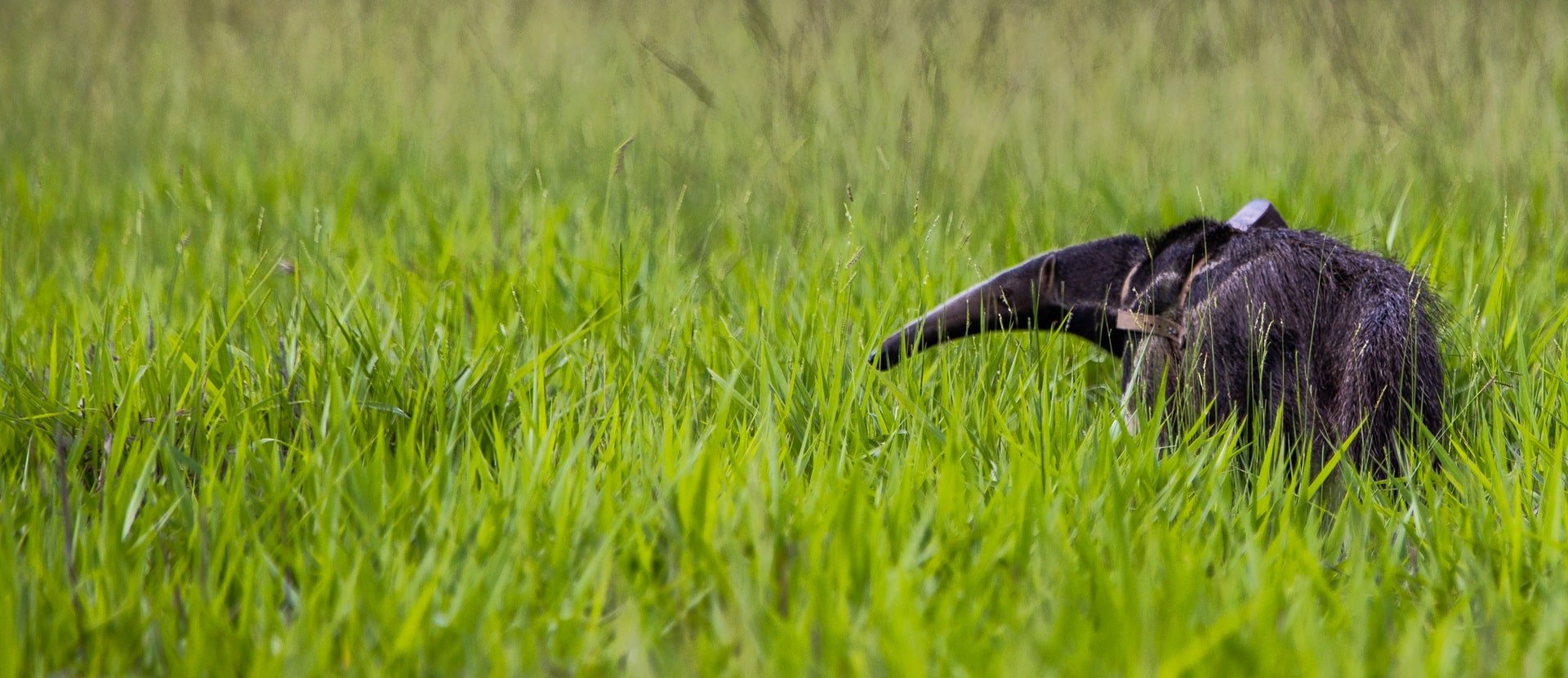
Image credit: World Animal Protection / Noelly Castro
In many places, fires are destroying their habitats and even leaving anteaters with painful burns. Some of the fires are in sugar cane plantations, where growers burn their fields to make harvesting easier. Other fires are being used to clear huge areas of land for factory farming.
Without enough land, anteaters are also at risk from being killed in traffic accidents as they move in search of places to live and feed.
Giant anteaters are also under threat from hunting for food or because they’re considered pests.
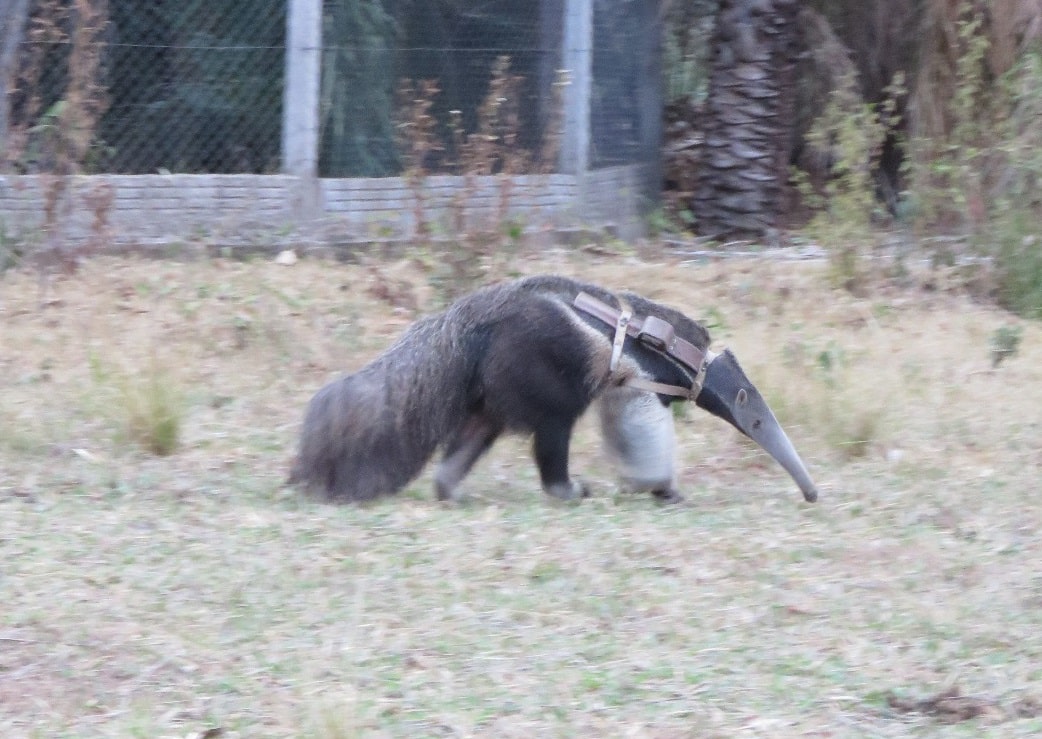
You helped three baby giant anteaters as manmade fires ravaged their homes. Now, they’ve taken a big step forward in their journey to recovery!
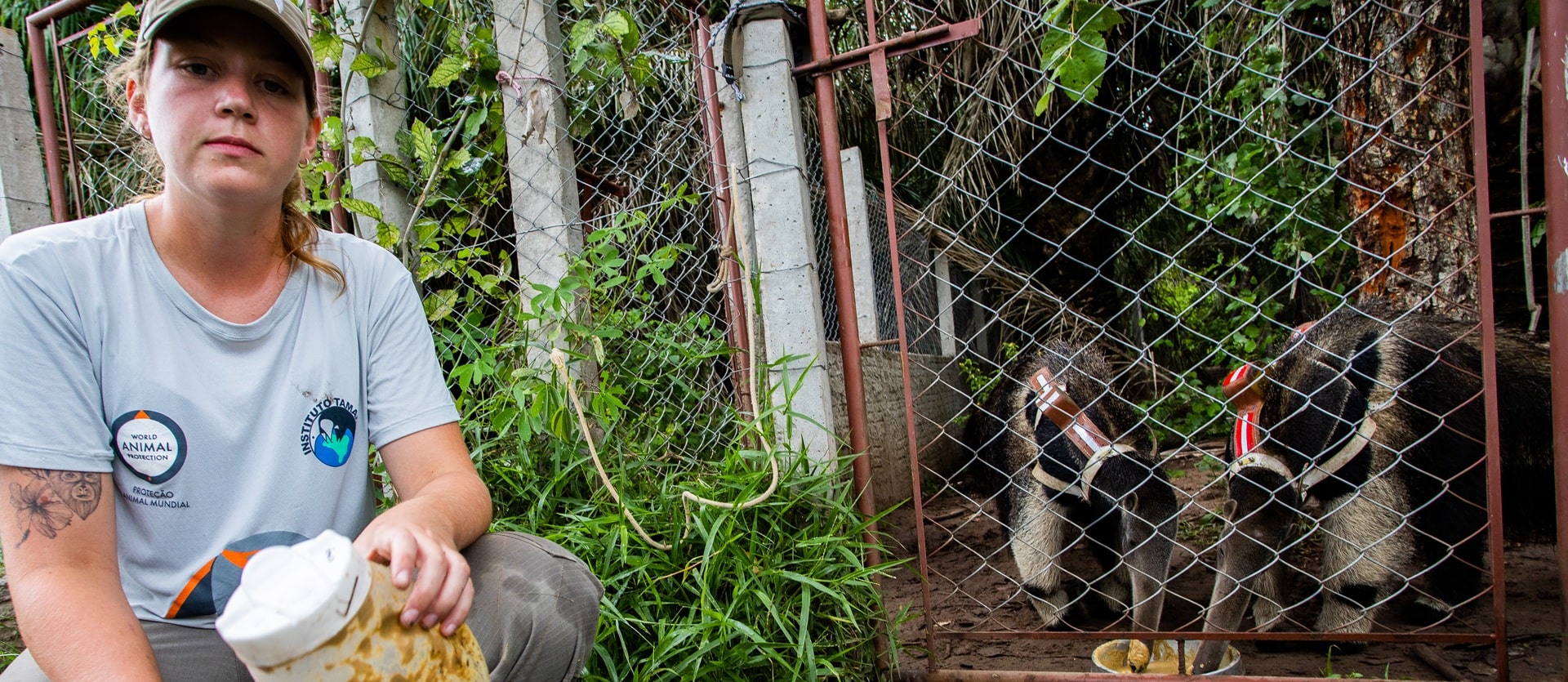
Image credit: World Animal Protection / Noelly Castro
The report found that the company had deliberately lit fires throughout Brazil that destroyed wild animal habitats, including the giant anteater.
Thanks to your support, we worked with local veterinarians, volunteers, and animal organisations to rescue anteaters who had been injured in these fires. It took more than a year of care and rehabilitation, but these animals have grown strong and healthy enough to be released back into the wild.
Together, we can continue putting pressure on heartless corporations to stop them driving anteaters to extinction.
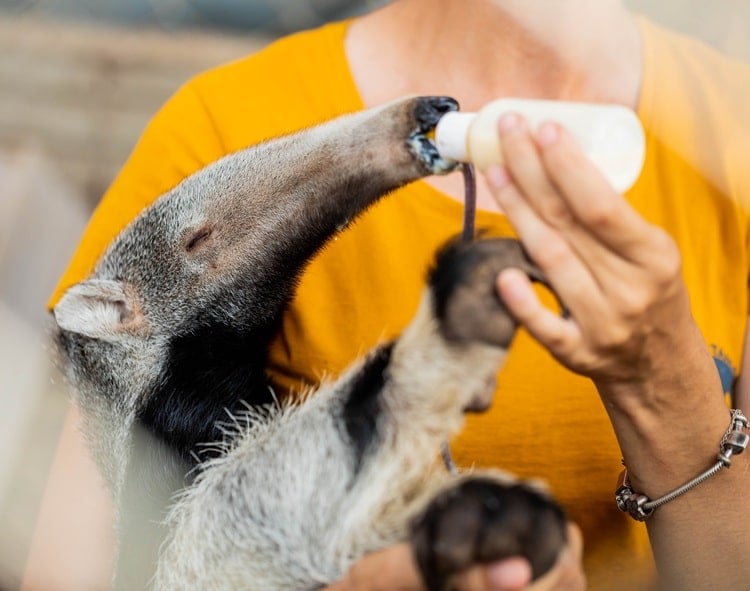
Millions of Brazil’s wild animals are suffering or dying in wildfires deliberately set by the factory farming industry.
Get ready for our fun collection of DIY kids masks which are perfect for costume parties or a fun crafternoon with friends. Don’t miss out on the fun!